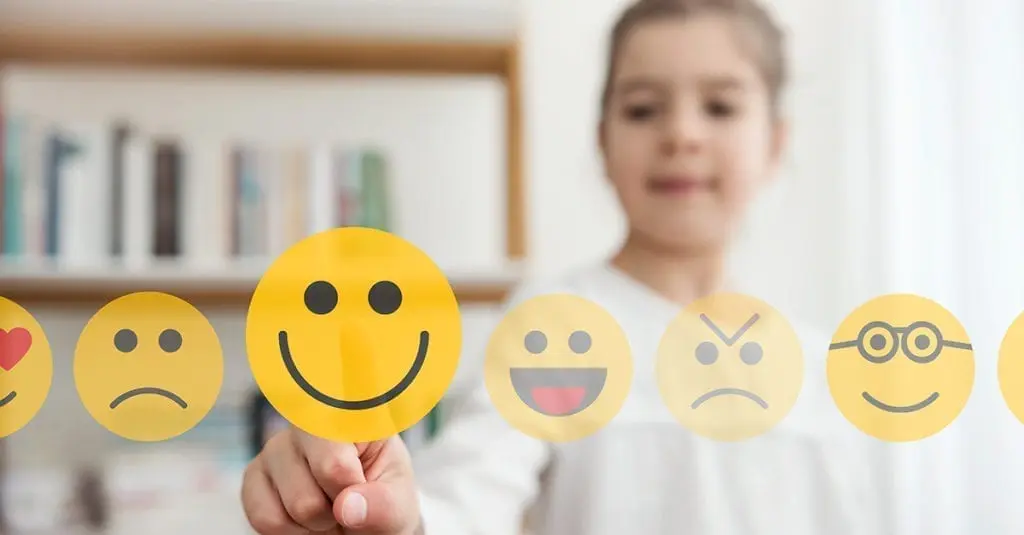The Unicode Consortium, the group which approve the icons before they appear on the likes of Android and iOS, has given the green light for no less than 230 new emojis.
This means that the designs included on the official list should be visible on smartphones in the second half of 2019. The list is the sixth major update since the birth of emojis, way back when, and it’s a big one.
Representatives of computing companies, software developers and others are behind the list. They form a Californian-based group which passes on the approved characters to platform owners.
Now the likes of Facebook, Microsoft, Apple, Samsung, Google and Twitter can choose and tweak these designs. However, they must make each one recognisable.
So, what’s included on the latest emoji list?
Most of the 230 designs feature individuals or couples of different skin tones and genders. They also feature gender inclusive characters, for people who do not identify to any gender in particular.
Disability rights campaigners have also welcomed the introduction of new accessibility-themed emojis. Hearing aids, wheelchairs, white ‘probing’ canes, guide dogs and prosthetic limbs all feature.
So what are people saying about the new emojis?
This, BBC report, follows a complaint by Apple that “few existing emojis spoke to the experience of those with disabilities”. Sign language also features.
Praying, yawning, and pinching emojis have also been seen as popular additions so far. Flamingo, sloth, otter, skunk, orangutan characters join the guide dogs in being new animal emojis.
In terms of new food emojis; garlic, onion, butter, waffle and falafels now feature. However, there are still absences for cuisines like haggis and the Cornish pasty, despite demand.
